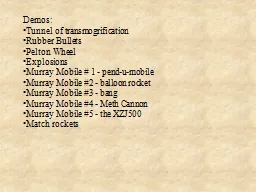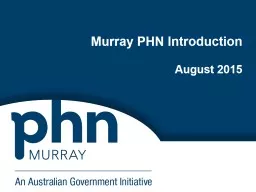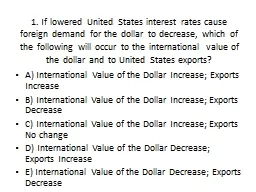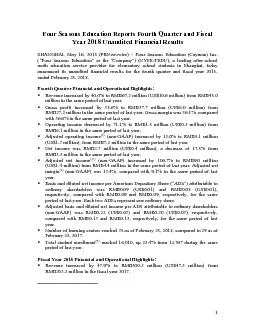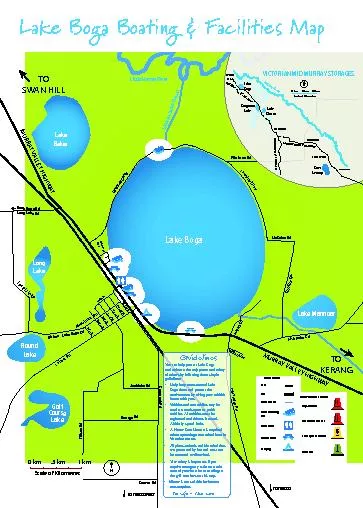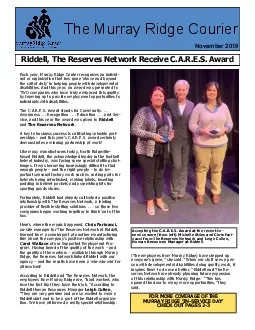PPT-Revisiting “Million Dollar Murray:”
Author : startlecisco | Published Date : 2020-06-18
A Better Plan Criminal JusticeBehavioral Health Partnerships Promoting Integrated Healthcare IBHI and CHCS Conference San Antonio TX January 29 2017 Larke Nahme
Presentation Embed Code
Download Presentation
Download Presentation The PPT/PDF document "Revisiting “Million Dollar Murray:”" is the property of its rightful owner. Permission is granted to download and print the materials on this website for personal, non-commercial use only, and to display it on your personal computer provided you do not modify the materials and that you retain all copyright notices contained in the materials. By downloading content from our website, you accept the terms of this agreement.
Revisiting “Million Dollar Murray:”: Transcript
Download Rules Of Document
"Revisiting “Million Dollar Murray:”"The content belongs to its owner. You may download and print it for personal use, without modification, and keep all copyright notices. By downloading, you agree to these terms.
Related Documents







